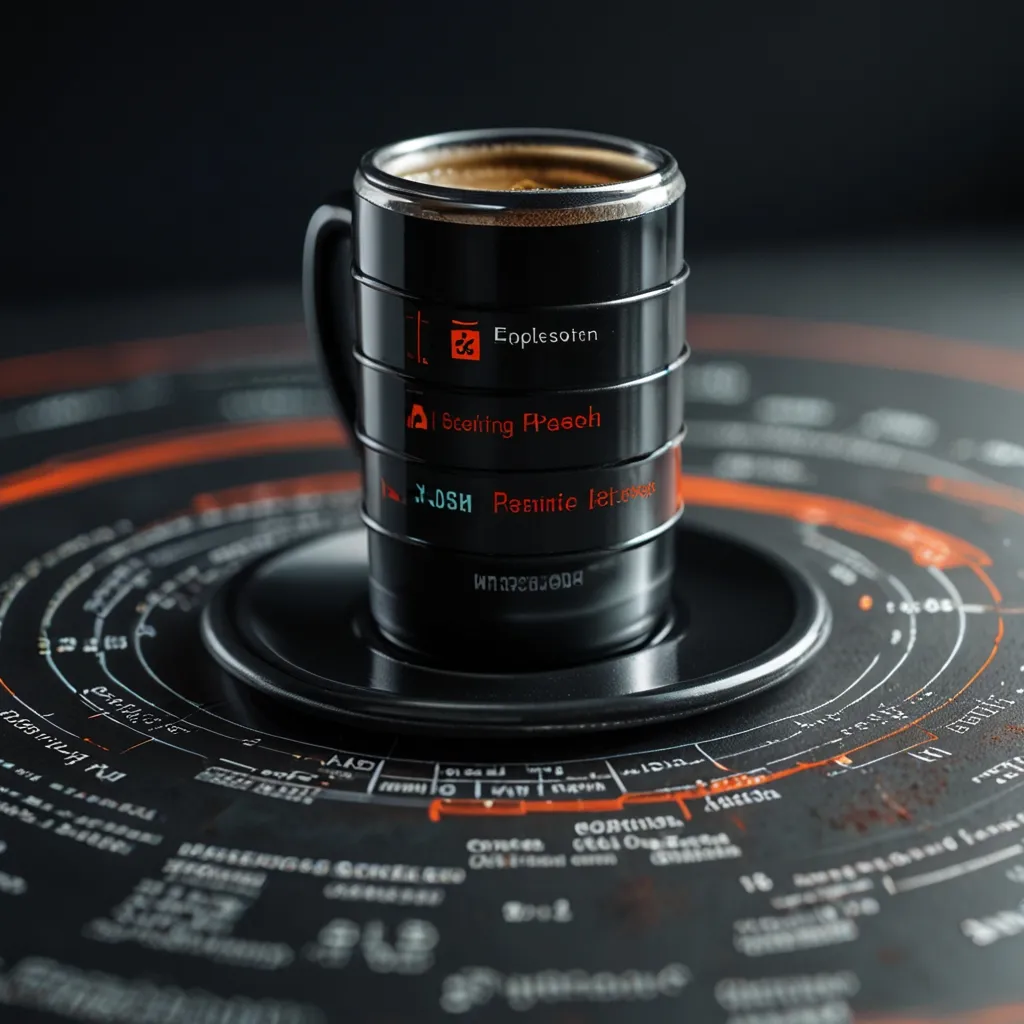Dive into the world of enterprise Java development and you’ll soon appreciate how JBoss Seam can transform the way you work. This powerful framework simplifies the creation of enterprise Java applications by harmonizing various Java technologies like JSF (JavaServer Faces), EJB3 (Enterprise JavaBeans 3), and JPA (Java Persistence API) into a seamless programming model. Instead of wrestling with the complexities of different frameworks, developers can channel their energy into addressing business problems.
The Marvel That Is JBoss Seam
Ever felt something crucial was missing from Java EE 5.0? That’s where JBoss Seam comes into play, often touted as the “missing framework” Java EE 5.0 should have included. By sitting atop Java EE 5.0, Seam provides a coherent and user-friendly programming model for all the components in an enterprise web app. It’s all about boosting developer productivity and ensuring the scalability of applications. Whether you’re creating stateful apps or dealing with business process-driven applications, Seam makes the journey less bumpy.
Core Components of JBoss Seam
When you roll up your sleeves to work with Seam, there are some key components you’ll come across:
-
Entity Objects: Think of these as the pillars of your data model. Whether they are entity beans in JPA or POJOs in Hibernate, these objects effortlessly map to relational database tables, streamlining data persistence.
-
JSF Web Pages: They’re your canvas for displaying user interfaces and collecting user inputs through forms. The fields on these pages link directly to entity beans or their collections, managing the presentation tier with ease.
-
EJB3 Session Beans: These beans serve as the behind-the-scenes event handlers for your JSF pages. They digest user inputs, do their magic with the entity beans, and then generate data for display, all orchestrated smoothly by Seam.
Seam in Action
To get a grip on how Seam works, picture a simple registration form on your application. When a user fills it out and hits submit, Seam jumps in to parse the form fields and constructs an entity bean. This bean is handed off to an EJB3 session bean which processes the data and carries out any required business logic. The results then appear on the next page, and the whole process feels as smooth as silk.
Streamlined Development
Perhaps one of Seam’s most appealing traits is how it lightens the development load by slashing boilerplate code. In classic Java EE applications, the developer’s to-do list can get cluttered with tasks like performing JNDI lookups, declaring components in XML files, and crafting facade business methods. Seam’s approach is refreshingly different. By using annotated POJOs (Plain Old Java Objects), it nixes these unnecessary steps.
For instance, instead of grinding through a manual JNDI lookup to fetch an EJB, you can simply adorn your POJOs with annotations like @Name and @Stateful. This approach makes them directly accessible within your JSF pages, resulting in cleaner, more maintainable code.
Embracing Stateful Applications
Seam shines brightly when it comes to supporting stateful applications. It offers a uniform component model that seamlessly handles state across different contexts. This includes the conversation context, persisting state across multiple web requests in user interactions, and the business process context that manages long-running, persistent business processes.
Enhanced Security and Flexible Integration
Seam doesn’t just stop at unifying frameworks; it also extends Java EE’s security features. It adds a rule-based security layer over JAAS (Java Authentication and Authorization Service) and JBoss Rules, ushering in more flexible and potent security configurations. Plus, Seam’s JSF tag libraries bring more goodies into the mix, like rendering PDFs, sending emails, and displaying charts.
Deployment Has Never Been Easier
Another notch on Seam’s belt is its deployment flexibility. You can deploy Seam applications on any Java EE application server, even Tomcat. If your environment welcomes EJB 3.0, Seam fits right in. If not, it has built-in transaction management with JPA or Hibernate for persistence, ensuring smooth operation regardless of the underlying infrastructure.
A Practical Example
To put all this information into perspective, let’s walk through a simple example — building a user registration app.
First up, you define a User entity bean representing the user data model, adorning it with JPA annotations to tie it to a database table:
@Entity
public class User {
@Id
@GeneratedValue(strategy = GenerationType.IDENTITY)
private Long id;
private String username;
private String password;
// Getters and setters
}
Next, you create a JSF page (let’s call it register.xhtml) that includes a form for user input:
<h:form>
<h:inputText value="#{user.username}" />
<h:inputSecret value="#{user.password}" />
<h:commandButton value="Register" action="#{registerAction.register}" />
</h:form>
You then define an EJB3 session bean (RegisterAction) to process the user input:
@Stateful
@Name("registerAction")
public class RegisterAction {
@PersistenceContext
private EntityManager entityManager;
public void register() {
entityManager.persist(user);
}
}
Finally, you configure Seam to manage the injection of the User entity bean into the RegisterAction session bean using a components.xml file:
<components xmlns="http://jboss.com/products/seam/components"
xmlns:xsi="http://www.w3.org/2001/XMLSchema-instance"
xsi:schemaLocation=
"http://jboss.com/products/seam/components http://jboss.com/products/seam/components-2.3.xsd"
version="2.3">
<component name="user" class="com.example.User" scope="conversation"/>
<component name="registerAction" class="com.example.RegisterAction" scope="conversation"/>
</components>
This setup lets Seam take the wheel, handling the interaction between the JSF page, the entity bean, and the EJB3 session bean seamlessly, making development feel less like a chore and more like a creative process.
Wrapping Up
In the grand scheme of enterprise Java development, JBoss Seam stands as a remarkable tool. By streamlining the integration of JSF and EJB3, paring down boilerplate code, and offering a flexible, scalable programming model, it significantly eases the development journey. With a deeper understanding of how Seam operates and leveraging its powerful features, developers can craft robust and maintainable applications effortlessly. Whether it’s a simple web app or a sprawling enterprise system, Seam can help you achieve your goals with greater efficiency and less fuss.






